Understanding Cover Letter Structure
A well-structured cover letter is a crucial element of a successful job application. It serves as your first impression and gives you the opportunity to showcase your personality, skills, and experience in a way that a resume alone cannot. A cover letter provides context, explains your motivations, and demonstrates your understanding of the role and the company. The structure of a cover letter isn’t just about aesthetics; it’s about strategically presenting your qualifications and making a compelling case for why you are the ideal candidate. Mastering the cover letter structure can significantly increase your chances of landing an interview and ultimately, the job. This guide will provide the top 5 tips to help you create a compelling cover letter that gets noticed.
Key Components of a Cover Letter
A cover letter is typically composed of several key components, each serving a specific purpose in conveying your suitability for the job. These components work together to create a cohesive and persuasive document that effectively communicates your value to a potential employer. Understanding the structure is the key.
Header and Contact Information
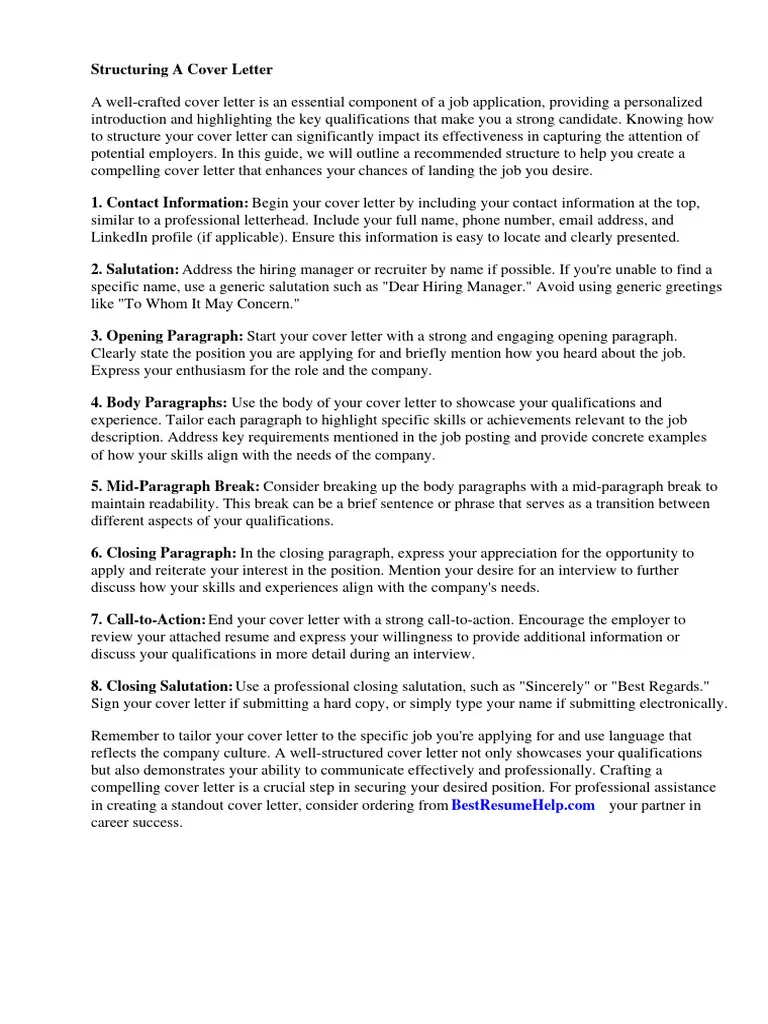
At the very top of your cover letter, include your contact information: your name, address, phone number, and email address. Following this, include the date and the recipient’s contact information, which includes the hiring manager’s name, title, company name, and address. This ensures that your letter looks professional and is easily identifiable.
The Salutation
The salutation is your initial greeting. Aim to address the hiring manager by name if possible. Research the company or check the job posting to find the hiring manager’s name. If a specific name isn’t available, use a professional greeting like “Dear Hiring Manager.”
Body Paragraph 1 Purpose and Structure
The first body paragraph should immediately capture the reader’s attention. Start by stating the position you’re applying for and how you found it. Then, concisely explain why you’re a good fit. Consider mentioning a key skill or achievement that directly aligns with the job requirements. This sets the stage for the rest of your letter and encourages the reader to continue.
Highlighting Relevant Skills and Experience
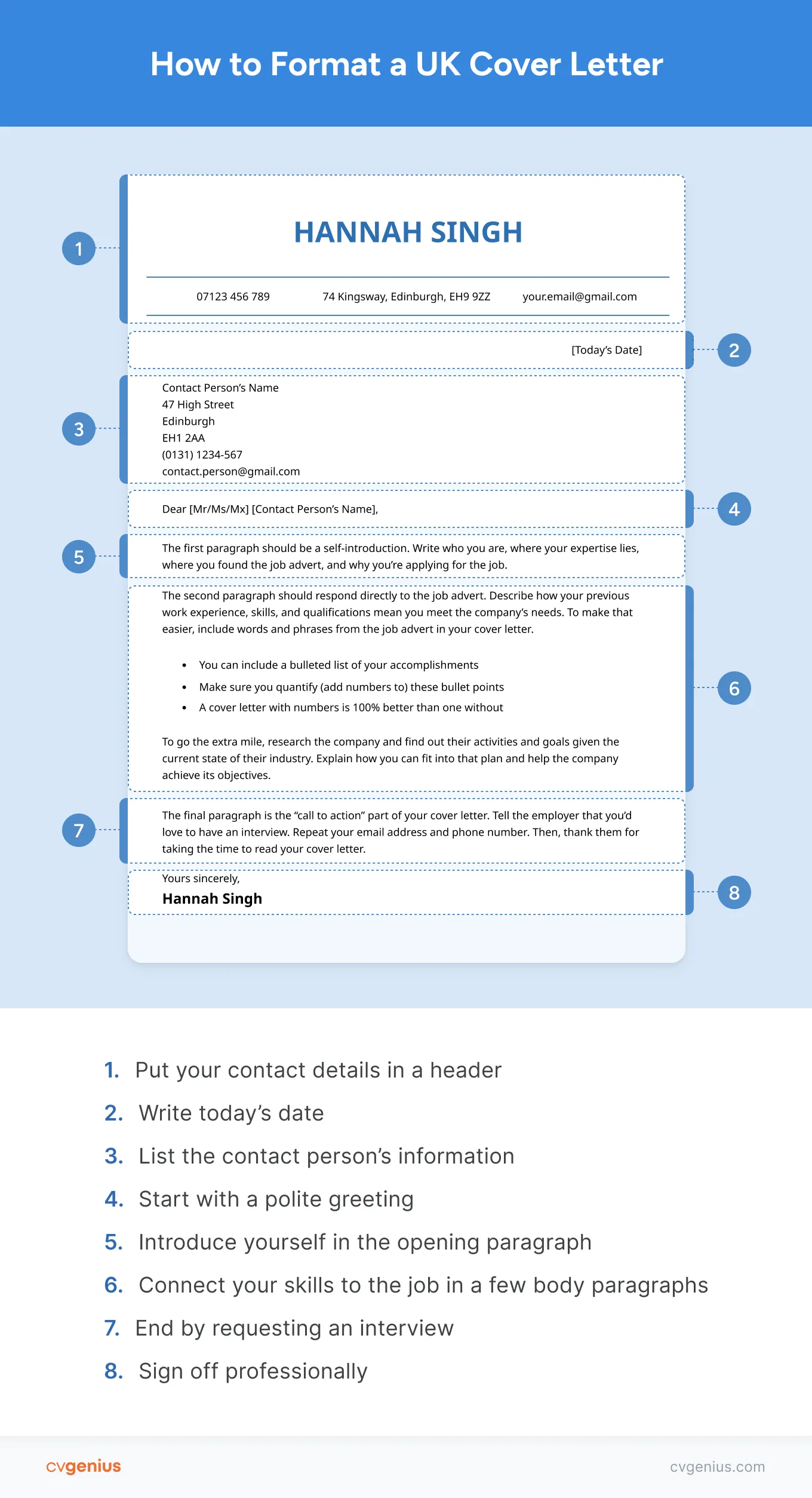
The next part is where you want to highlight the skills and experience that match the job requirements. Carefully review the job description and identify the key skills and qualifications. Provide specific examples from your previous experiences that demonstrate your ability to excel in the role. Use action verbs to make your descriptions more dynamic and impactful. The goal is to show, not just tell, the employer what you can do.
Quantifying Achievements with Numbers
Whenever possible, quantify your accomplishments. Use numbers to demonstrate the impact of your work. For example, instead of saying, “Managed social media accounts,” say “Increased social media engagement by 30% in six months.” Numbers make your achievements more tangible and compelling, providing concrete evidence of your capabilities. This helps the recruiter see the value that you can bring to the company.
Body Paragraph 2: Expressing Interest and Enthusiasm
The second body paragraph should elaborate on your interest in the specific company and the role. Demonstrate that you’ve done your homework by researching the company’s mission, values, and recent projects. Explain why you’re drawn to this particular opportunity and how it aligns with your career goals. Convey genuine enthusiasm for the position and the company’s culture. Personalize your letter by mentioning something specific that resonates with you, making it clear why you want to work there.
Demonstrating Knowledge of the Company
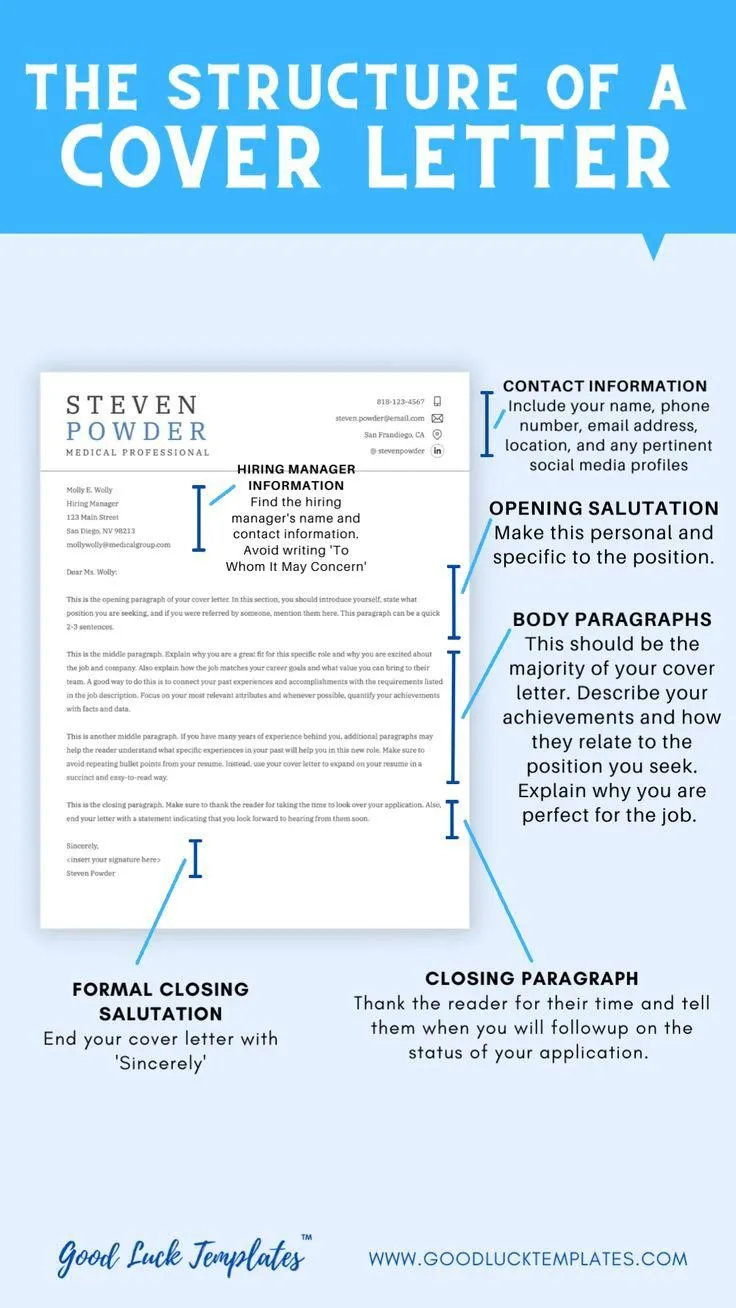
Show your knowledge of the company by mentioning specific projects, initiatives, or values that resonate with you. This demonstrates that you’ve taken the time to learn about the organization and are genuinely interested in being a part of it. Mentioning specific achievements, awards, or areas of focus can demonstrate your understanding of the company’s operations. This preparation shows that you’re not just sending out generic applications and highlights your unique interest.
Tailoring the Letter to the Job Description
Customize your cover letter to match the job description. Identify the key skills and requirements listed in the job posting, and make sure your letter directly addresses how you meet those qualifications. Use the same keywords and phrases from the job description where appropriate. This targeted approach shows the recruiter that you understand the role and are a perfect fit. Tailoring your letter will increase your chances of getting noticed.
The Closing Paragraph and Call to Action
The closing paragraph should reiterate your interest in the position and thank the reader for their time and consideration. It should include a call to action. This is where you ask the hiring manager to contact you. Provide your contact information again, and express your eagerness to discuss your qualifications further. This final touch can leave a lasting impression and prompt the next step in the hiring process. Your closing paragraph should be confident and leave the reader with a positive impression.
Expressing Gratitude and Offering Availability
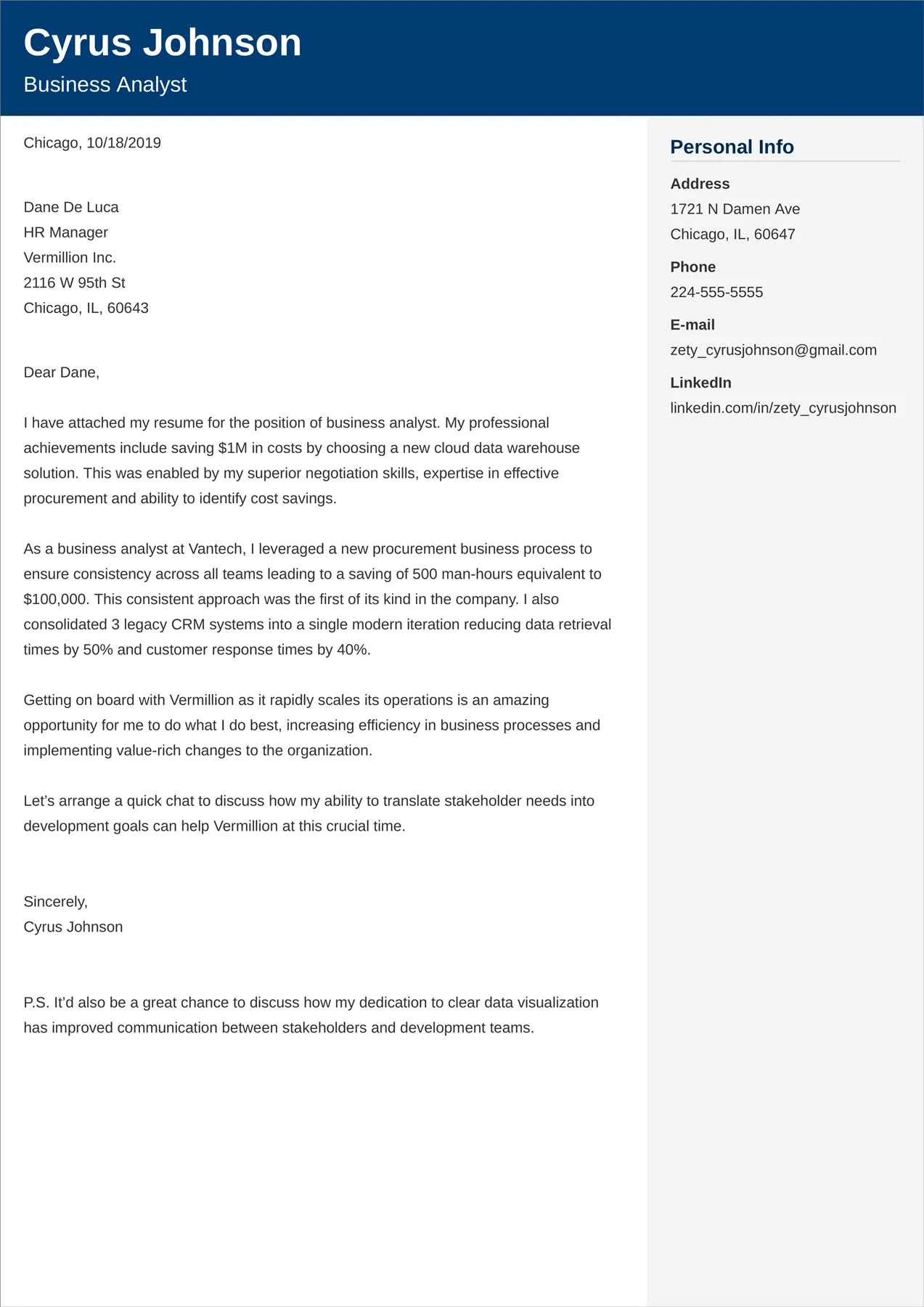
End your cover letter by expressing your gratitude to the hiring manager for considering your application. Then, clearly state your availability for an interview or further discussion. Make it easy for them to reach you by providing your phone number and email address again. A professional closing, such as “Sincerely” or “Best regards,” followed by your name, completes your cover letter.
Proper Formatting and Proofreading
Formatting and proofreading are crucial steps in creating a professional cover letter. They showcase your attention to detail and professionalism. Poor formatting and errors can make your letter appear sloppy and unprofessional, immediately diminishing your chances. It is extremely important to proofread your letter very carefully.
Font Choices and Readability
Choose a clear, professional font like Arial, Calibri, or Times New Roman. Use a font size between 10 and 12 points for easy readability. Maintain consistent formatting throughout your letter, including margins, spacing, and alignment. Ensure that your letter is visually appealing and easy to read, as this makes a good impression. A well-formatted document shows that you pay attention to details and have a polished presentation.
Avoiding Common Mistakes
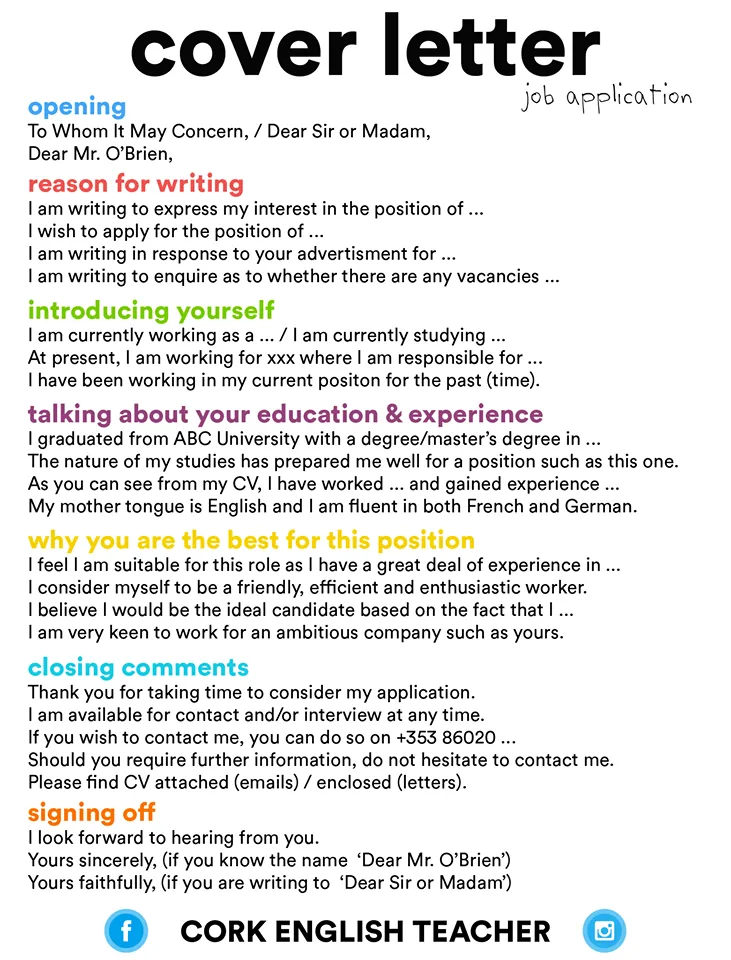
Avoid common mistakes such as typos, grammatical errors, and inconsistencies in formatting. Proofread your letter multiple times, and consider having someone else review it for you. Make sure that your letter is tailored to the specific job and company. Avoid sending generic cover letters. Ensure that your tone is professional and enthusiastic. Stay away from clichés and overly casual language. These details can make or break your application.
Using Action Verbs
Use action verbs to start your sentences and describe your accomplishments and skills. Verbs like “managed,” “led,” “developed,” and “achieved” are highly effective. These verbs add dynamism and make your writing more engaging. Action verbs make your achievements more compelling. They present a clear picture of your capabilities and accomplishments.
